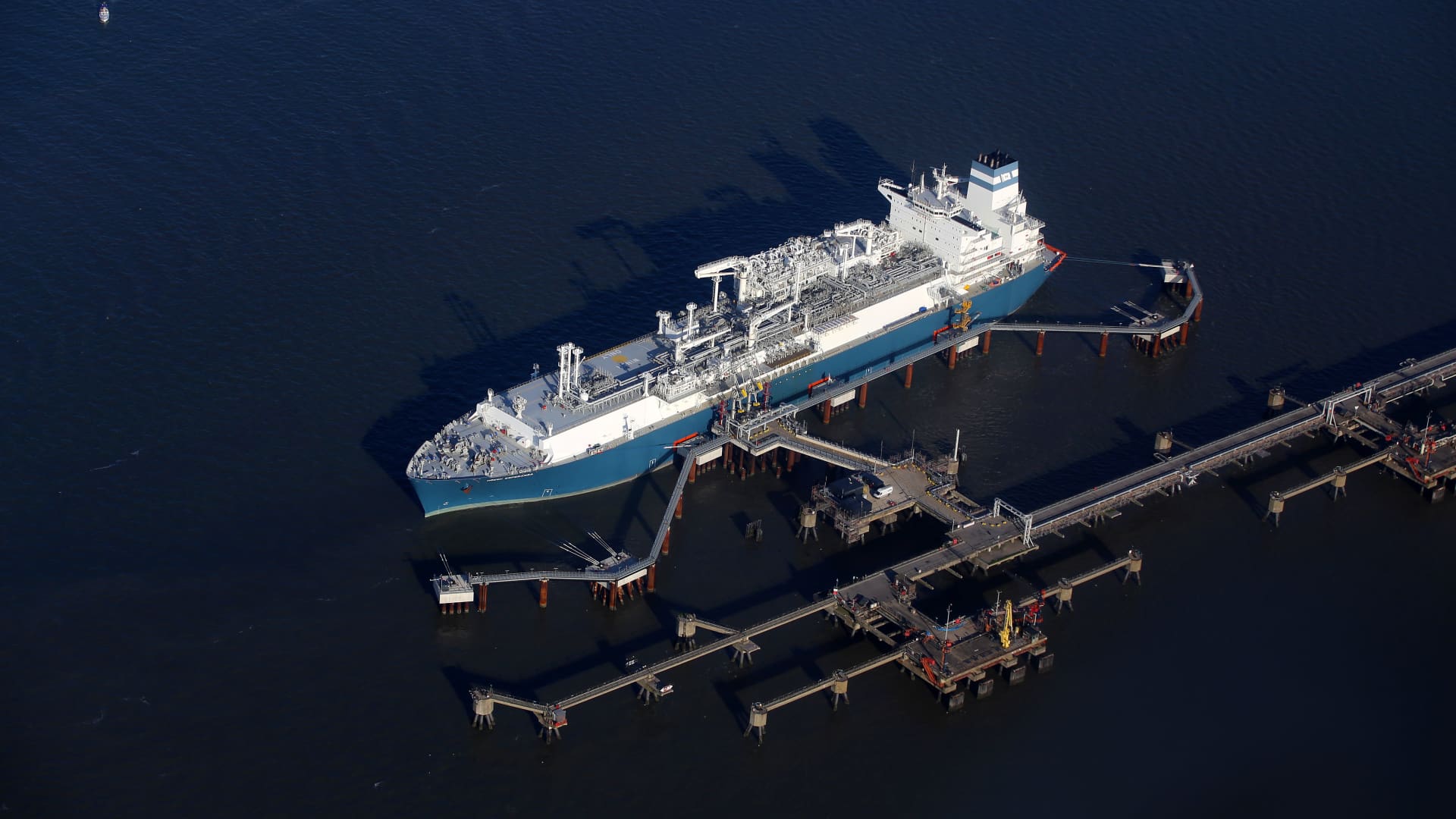Artemis Technologies Unveils Fast Electric Ferry Design


One of the biggest challenges for electric boating is the water drag. Pushing a big boat to any real speed means expending a lot of energy, which cuts into range. Because batteries don’t hold as much energy per unit of weight and volume (low energy density) compared to fossil fuels, diesel and nastier bunker fuels tend to dominate shipping today. Being able to carry around a bunch of chemical energy means you can (at least technologically speaking) afford to waste it to go faster.
This is sad because in many ways, the ocean is a great place for human transport. It’s perfectly flat (except for waves), and vehicles that go on it don’t need roads or tracks to take full advantage of it. Plus, these perfect flat areas (oceans and larger rivers) tend to be closest to most of humanity’s largest cities. So, we need to find ways to get electric transport to work well on them and satisfy our need for speed.
One early solution to the problem of speeds was to put hydrofoils — small wings — under boats to lift them out of the water and reduce drag. Speeds improved, but were still only about 70 MPH at best (a speed which is quite impressive for a boat!).
Without expending unnecessary energy, Soviet scientist Rostislav Alexeyev decided to move the wings out of the water and onto the sides of the boat. However, it wasn’t classified as a seaplane since the wings take advantage of what is called “the ground effect.” This occurs when an aircraft flies close to the ground and a cushioning of air forms beneath it. You can read all about these Soviet Ekranoplans, and some newer electric designs that can make for extremely efficient transport that goes as fast as a bullet train, in one of my articles from last year.
But, we don’t always need that much speed. In many cases, just going faster than today’s passenger ferries and keeping energy costs low is just as good. So, going back to the idea of hydrofoils, and adding clean electric drive, can be a compelling answer. Fortunately, that’s exactly what one company is doing.
Artemis Technologies, a maritime design and applied technologies firm, has introduced the design of its 100% electric EF-24 Passenger vessel for the global high-speed ferry market. This revolutionary ferry is among several zero-emission vessels being created by Artemis Technologies in Belfast, Northern Ireland, with the goal of providing commercially viable green transportation options to operators, cities, and governments all over the world.
The EF-24 Passenger ferry has a top speed of 38 knots and a range of 115 nautical miles at a 25 knots cruise speed. Powered by the patented Artemis eFoiler electric propulsion system, the 24m vessels fly above the water, providing a comfortable ride for up to 150 passengers on board while mitigating effects of seasickness and producing minimal wake at high-speed, significantly reducing impact on shorelines. They can also save up to 85% in fuel compared to conventional high-speed diesel ferries!
[embedded content]“We have combined our experience from the worlds of high-performance sailing, motorsports, aerospace, and advanced manufacturing to design and develop an electric propulsion system that is quite simply a game changer for the maritime industry,” said Dr Iain Percy, the company’s founder. “Our high-speed passenger ferry provides a cost-effective public transport solution that helps address air pollution, congestion, and noise. By encouraging multimodal transport in urban areas, we will enable cities around the world to utilise and benefit from the untapped potential of their waterways.”
The ferries will be fully accessible, with a variety of amenities on board including bike racks, cabin bags, and overhead storage. Baby changing facilities, as well as charging ports will be available. The vessels will also include a unique high-speed collision avoidance system created by ECIT at Queen’s University Belfast. By safely steering the vessel away from sea life, wildlife, trash, and other in-water obstructions that might otherwise go unnoticed, the technology will guarantee the safety of operations at anchor and close to coast.
Perhaps most importantly, the company already has a customer. In 2024, Artemis Technologies will operate the first EF-24 Passenger ferry as part of a pilot scheme with Condor Ferries. This ferry will run between Belfast and Bangor in Northern Ireland.
“As a leading operator of passenger ferries, we continuously seek to explore technology that will allow us to sail more sustainably, and we know our customers are of the same mindset.Green vessels like the EF-24 Passenger ferry perfectly provide that clean alternative to traditional diesel ferries,” said John Napton, CEO of Condor Ferries. “We are thrilled to partner with Artemis Technologies and the Belfast Maritime Consortium to develop these vessels from concept to reality over the coming months and look forward to being the first operator to set sail in 2024 with the world’s most advanced zero-emission foiling fast ferry.”
Artemis Technologies, always on the lookout for new Maritime innovations, created the world’s largest 100% electric foiling vessel earlier this year. The team also unveiled an electric workboat range that included a 12m multi-purpose workboat and a 12m crew transfer vessel. They are currently in the midst of developing a 24m crew transfer vessel.
“My congratulations to Artemis Technologies and Belfast Maritime Consortium on unveiling the plans for this exciting zero emissions vessel. I recently visited Artemis’ headquarters. I am delighted that they are seizing the many opportunities that the development of green transport presents, and which the UK Government is committed to supporting through our Net Zero Strategy,” said Secretary of State for Northern Ireland Chris Heaton-Harris. “The development of such world-leading technology will ensure that Belfast remains at the forefront of maritime innovation, while providing a boost to the local green economy.”
I don’t know if this technology could be used for ever larger boats, such as vehicle and car ferries. The weights just might be too much to get up on plane with foldable foils like that. But, even if this is all you can do with the technology (haul passengers), it’s still a big deal, especially in countries that embrace multi-modal transport more than the United States.
Featured image provided by Artemis Technologies.
Appreciate CleanTechnica’s originality and cleantech news coverage? Consider becoming a CleanTechnica Member, Supporter, Technician, or Ambassador — or a patron on Patreon.
Don’t want to miss a cleantech story? Sign up for daily news updates from CleanTechnica on email. Or follow us on Google News!
Have a tip for CleanTechnica, want to advertise, or want to suggest a guest for our CleanTech Talk podcast? Contact us here.
Advertisement
This post has been syndicated from a third-party source. View the original article here.




